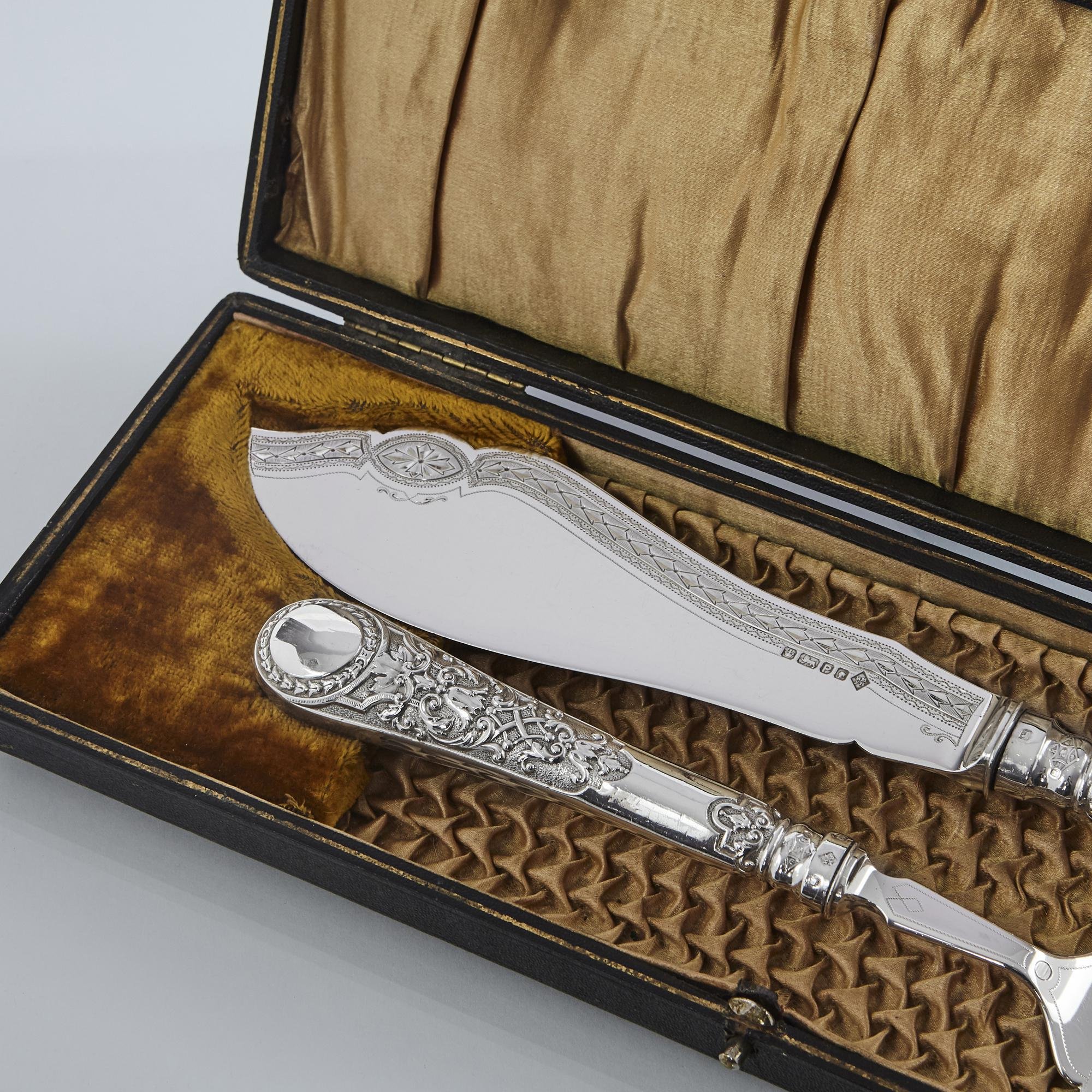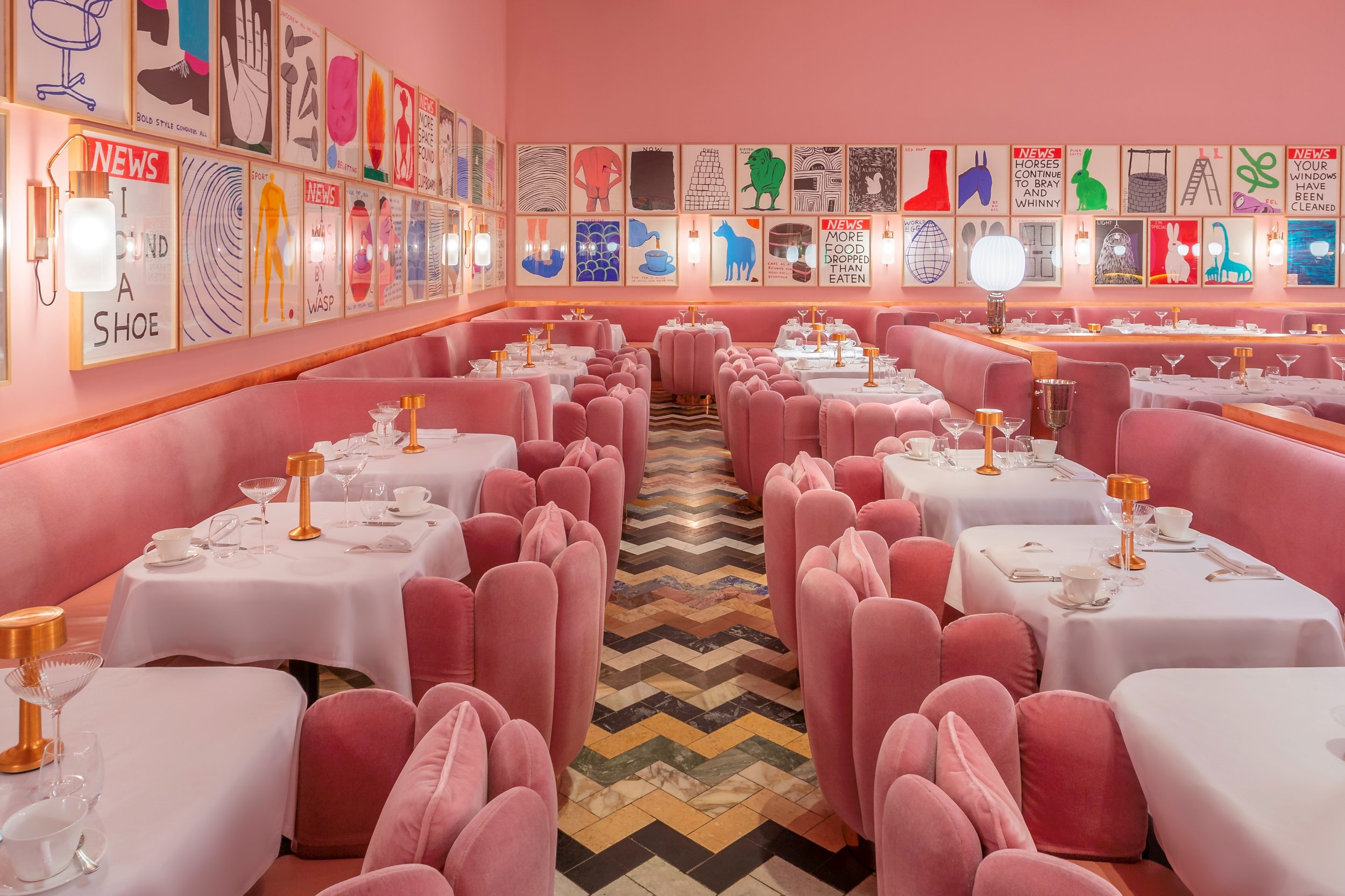What a Character!
25 February 2021
The remarkable story of the Martin Brothers and their pottery.
Richard Smyth
Richard Smyth is a writer and critic. His last book, An Indifference Of Birds, was published by Uniformbooks in 2020. His novel The Woodcock will be published by Fairlight Books in July, 2021.
Martin Brothers Bird with a sly, authoritative expression, dated 1890, 22cm high.
Image courtesy of AD Antiques.
Around the turn of the last century, an old soapworks by the Grand Union Canal in west London was turning out some of the most distinctive and collectable ceramic works of the era. Sly-eyed birds, gaping toads, leering jugs, gurning tortoises – a parade of glorious stoneware grotesquerie from the hands and minds of the Martin brothers. Today, ‘Martinware’ routinely fetches prices upward of £20,000. ‘Nothing odd will do long,’ said Samuel Johnson. The resurgent appeal of Martinware is a persuasive riposte.
Robert Wallace Martin was the eldest of the four brothers. Trained in drawing at the Lambeth School of Art and architectural sculpture under JB Phillips, he was the primary creative force in the foursome (Walter was the technical specialist, Edwin supplied much of the decoration; Charles managed the brothers’ High Holborn shop). Robert was very much an artist as much as a craftsman, happy to pose for photographers in his smock, beret and unruly beard. There’s a rich, dark, visionary quality to much Martinware – many pieces seem as though they belong to an earlier age, and should be populating a Hieronymus Bosch landscape or illustrating Rabelais. ‘My daydreams and my nightly visions teem with Gothic, a very forest of glistening spires,’ Robert wrote. ‘Through loopholes which barely disturbed the gloom within I have seen strings of sleeping bats and in darksome chambers found quaint carvings never intended to see the light.’
But the technical aspect of the brothers’ work was just as important in establishing the unique look and feel of Martinware. They generally used a salt glaze, obtained by throwing salt into the kiln during high-temperature firing; a reaction between the sodium in the salt and silica in the clay resulted in a strong, translucent finish that gave their stoneware a distinctive ‘orange peel’ texture. Then there was the characteristic colour palette: a subdued, even muddy range of browns, greens, greys and browns.
Among the better known products of the Martin studios are the ludicrous, sinister ‘wally birds’ – often, it’s thought, intended as satirical caricatures of contemporary public figures, Benjamin Disraeli among them – and the gourd vases that dominated production in the firm’s later years. There was often a practical side to Martinware – the firm turned out a variety of quirky Stilton keeps and ‘spoon warmers’ in addition to purely decorative pieces – but it’s surely the unique aesthetic of the work that is primarily responsible for the brothers’ continued popularity among collectors and connoisseurs.
Martin Brothers Face Jug decorated with highly characterful expressions, dated 1897, 16.5cm high.
Image courtesy of AD Antiques.
It might not have hurt their public profile that the brothers’ lives were beset by soap-opera drama. Their working conditions were bleak, as they struggled with equipment they could barely afford to run – ‘My brothers and myself never got more than a labourer’s wages,’ Robert remarked – and bickered among themselves. A fire ripped through their shop, destroying two years’ work. A sister died from an infected monkey bite. In 1909 Charles, the shop-keeper, was diagnosed insane and committed to an asylum; Walter was killed by a blood clot after banging his elbow on the kiln; Edwin succumbed to facial cancer in 1915.
‘The story of the Brothers makes for compelling reading,’ says Alison Davey of Gloucestershire-based AD Antiques, specialists in Martinware. ‘Then as now, the appeal, whilst not ubiquitous, is irresistible to those in the know.’
Demand for Martinware died away somewhat in the twentieth century. Then, in the 1970s, Richard Dennis, a veteran writer, exhibitor and long-term champion of British ceramics, staged a series of celebrated selling exhibitions – and the Martins’ creations were propelled back into the public eye.
Martinware pieces, Alison explains, were ‘relatively easy to source back then, as the fashion in the preceding decades had been to discard the old world in favour of the ‘Ideal Home’.’
Robert Wallace Martin Vase decorated with grotesque and comical fish, crabs, eel and squid, dated 1906, 24.5cm high.
Image courtesy of AD Antiques.
A number of other important international exhibitions followed. Demand for ‘wally birds’, in particular, soon outgrew the UK market: ‘I would suggest that 80% of the birds sold ultimately end up in overseas collections,’ Alison says. ‘Birds have now pushed through the six-figure ceiling, tripling in price in the last 20 years. This is a significant trend for British ceramics, which historically have been undervalued against work on paper or bronze.’
But the small collector has not yet been priced out of the Martinware market. There’s still scope, says Alison, for picking up a Martinware piece for only a couple of hundred pounds.
‘Each one is totally unique and hand-crafted by one of the founding fathers of the British Art Pottery Movement – and indeed a major contributor to the Arts and Crafts Movement,’ she says. ‘Each bird is an important piece of British art history in clay.’







